Diving deeper: into the ‘Glass Room’
0April 27, 2014 by Lydia Syson
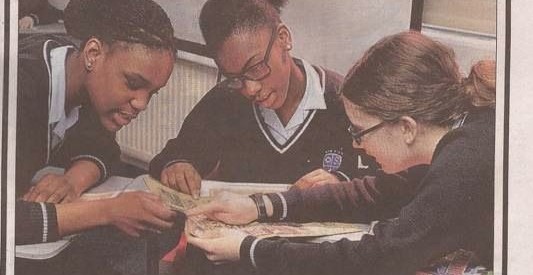
Writing historical fiction demands total immersion. It’s a fairly obsessive process, but well worth it. Bit by bit, you build up an increasingly accurate and nuanced picture of the world your characters inhabit, discover what makes them tick, what might affect the way they think and feel about events. Not surprisingly, I was immediately intrigued when I was invited to use the new ‘immersion room’ at Sydenham School, London, for a planned event with some of their year 8 and 9 students.
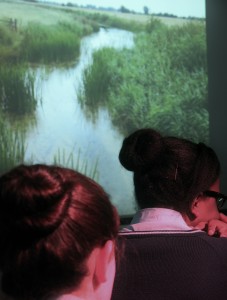 I already knew that I’d be talking to a group of girls who had read That Burning Summer in advance. This always makes an author visit particularly rewarding: it’s fantastic to be able to discuss the book in depth, to find out how different readers react to particular characters and plot twists, or how their reading has affected their perspective on a particular historical moment. You don’t have to worry about ‘spoilers’ either. I thought that the immersion room would offer a chance to add another whole layer to the event, but I wasn’t at all sure what I was actually dealing with. Hearing that it was known as ‘the glass room’ added a small extra twist. When I was researching ‘Lack of Moral Fibre’, the RAF’s cruel label for flying fatigue (post-traumatic stress disorder) during World War 2, I discovered that
I already knew that I’d be talking to a group of girls who had read That Burning Summer in advance. This always makes an author visit particularly rewarding: it’s fantastic to be able to discuss the book in depth, to find out how different readers react to particular characters and plot twists, or how their reading has affected their perspective on a particular historical moment. You don’t have to worry about ‘spoilers’ either. I thought that the immersion room would offer a chance to add another whole layer to the event, but I wasn’t at all sure what I was actually dealing with. Hearing that it was known as ‘the glass room’ added a small extra twist. When I was researching ‘Lack of Moral Fibre’, the RAF’s cruel label for flying fatigue (post-traumatic stress disorder) during World War 2, I discovered that 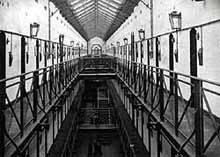 ‘the glasshouse’ was – and I think, still is – the common name for a military prison, so it was the destination of many World War Two deserters, including pilots like Henryk. Thankfully, the resemblance ended with the name, as I found out a few weeks before the event, when I went to check out Sydenham’s immersion room with Diana Adams, Learning Resource Manager, and Huong Nong, one of the school’s brilliant IT specialists.
‘the glasshouse’ was – and I think, still is – the common name for a military prison, so it was the destination of many World War Two deserters, including pilots like Henryk. Thankfully, the resemblance ended with the name, as I found out a few weeks before the event, when I went to check out Sydenham’s immersion room with Diana Adams, Learning Resource Manager, and Huong Nong, one of the school’s brilliant IT specialists.
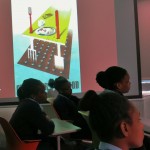 I had three screens to play with simultaneously, one of them interactive, which meant I could draw or write on it too and this proved particularly useful for annotating maps. I could use video images as well as stills. And I could also use sound, and even a visualiser, which would allow the projection of actual items in my hand onto a screen. Thanks to the super-smart copier in the school’s IT department, I was able to scan a lot of my material, such as reproduction newspapers, maps, posters and the crucial leaflet which sets off Ernest’s fears of invasion in That Burning Summer. This is an original copy I tracked down on Ebay, so it was great to be able to reproduce it in a way that allowed every student to have a copy in their hand. I suggested using it as the basis for follow-up work in the form of a creative writing competition.
I had three screens to play with simultaneously, one of them interactive, which meant I could draw or write on it too and this proved particularly useful for annotating maps. I could use video images as well as stills. And I could also use sound, and even a visualiser, which would allow the projection of actual items in my hand onto a screen. Thanks to the super-smart copier in the school’s IT department, I was able to scan a lot of my material, such as reproduction newspapers, maps, posters and the crucial leaflet which sets off Ernest’s fears of invasion in That Burning Summer. This is an original copy I tracked down on Ebay, so it was great to be able to reproduce it in a way that allowed every student to have a copy in their hand. I suggested using it as the basis for follow-up work in the form of a creative writing competition.
Planning the event was quite daunting, but also a lot of fun, and took me back a little to my radio-producing days, with Huong taking on the role of a studio manager or SM. I realised I’d be breaking nearly all the rules of the author event training I’d recently received from Author Profile thanks to the National Literacy Trust’s 21st Author Programme – well, quite a lot of them anyway! I couldn’t exactly rehearse and I was completely dependent on technology.
We gathered together all sorts of material: a 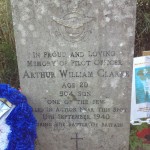 sequence of photographs of Romney Marsh itself, taken while I was writing and researching the book (including a letter from the RAF to the mother of a young pilot whose plane vanished over Kent); a series of propaganda posters; newspaper coverage of period, including the announcement of the ‘If the Invader Comes’ leaflet; clips from The Battle of Britain film made in 1969, without which many of the original Spitfires and Hurricanes would never have been preserved; music from the film Dangerous Moonlight (find out why here); and images from Humphrey Jennings‘ extraordinarily moving documentary, Words for Battle. In other words, just the kind of materials which made the summer of 1940 come alive for me while I was writing That Burning Summer. Over the next weeks Huong did a brilliant job of putting it all together in the sequence I needed for each screen, and we had a final run-through and re-jig first thing in the morning of the event, so that I could get the hang of the remote controls.
sequence of photographs of Romney Marsh itself, taken while I was writing and researching the book (including a letter from the RAF to the mother of a young pilot whose plane vanished over Kent); a series of propaganda posters; newspaper coverage of period, including the announcement of the ‘If the Invader Comes’ leaflet; clips from The Battle of Britain film made in 1969, without which many of the original Spitfires and Hurricanes would never have been preserved; music from the film Dangerous Moonlight (find out why here); and images from Humphrey Jennings‘ extraordinarily moving documentary, Words for Battle. In other words, just the kind of materials which made the summer of 1940 come alive for me while I was writing That Burning Summer. Over the next weeks Huong did a brilliant job of putting it all together in the sequence I needed for each screen, and we had a final run-through and re-jig first thing in the morning of the event, so that I could get the hang of the remote controls.
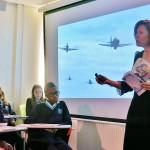 The multi-screen experience wasn’t very easy to photograph while it actually took place, as I’m sure you can imagine. But it seemed to work extremely well, the girls responded with great enthusiasm, and the South London Press came along and captured the spirit of the event. You can see their generous coverage below. Now I’m looking forward to receiving the entries for the writing competition.
The multi-screen experience wasn’t very easy to photograph while it actually took place, as I’m sure you can imagine. But it seemed to work extremely well, the girls responded with great enthusiasm, and the South London Press came along and captured the spirit of the event. You can see their generous coverage below. Now I’m looking forward to receiving the entries for the writing competition.
You’ll be able to read the winning entry here soon. For more information about my school visits and other events, please contact Authors Aloud.
Category News | Tags: audio visual, Author Profile, author visit, event, glasshouse, historical fiction, immersion room, LMF, NLT, School, South London Press, Sydenham School, total immersion, writing competition

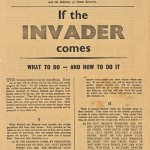
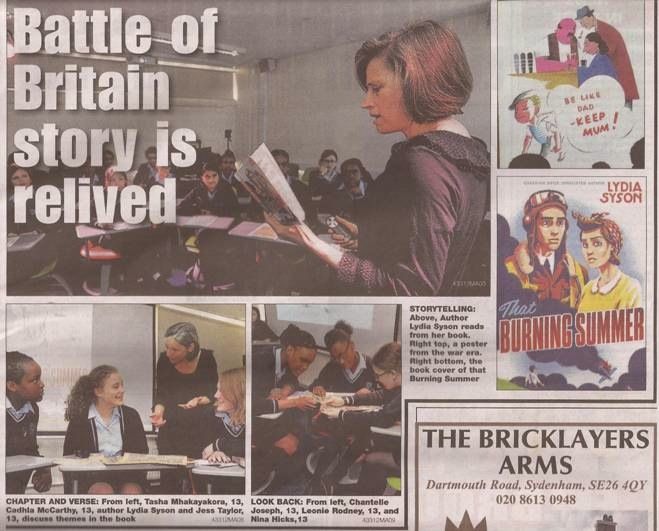
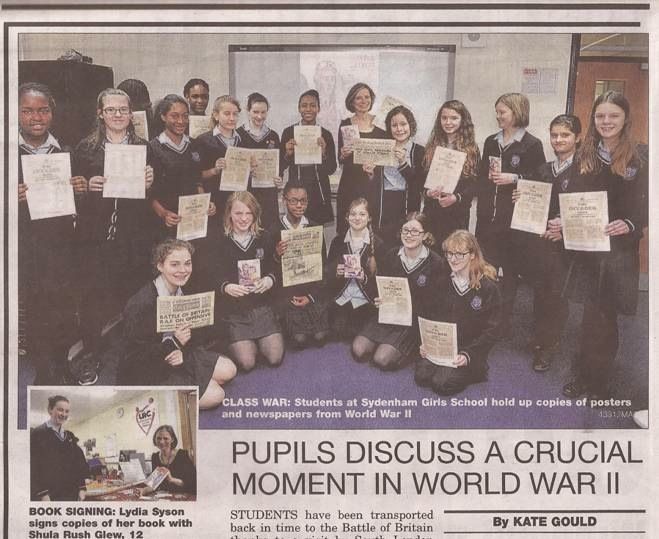
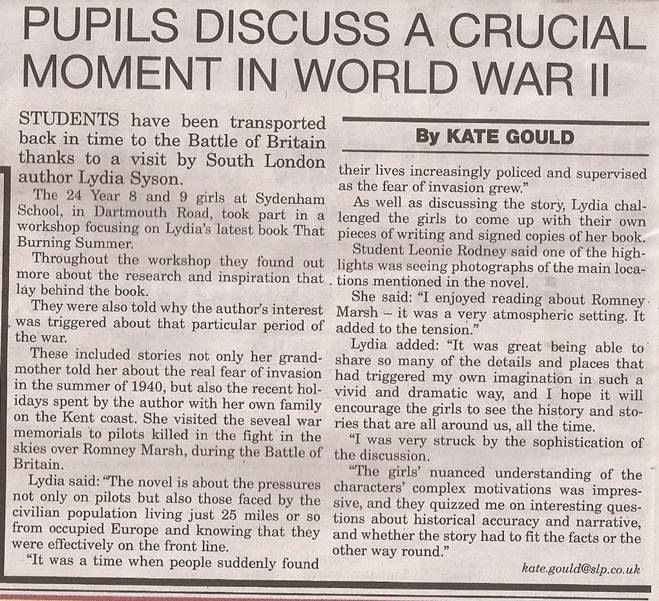

Leave a Reply